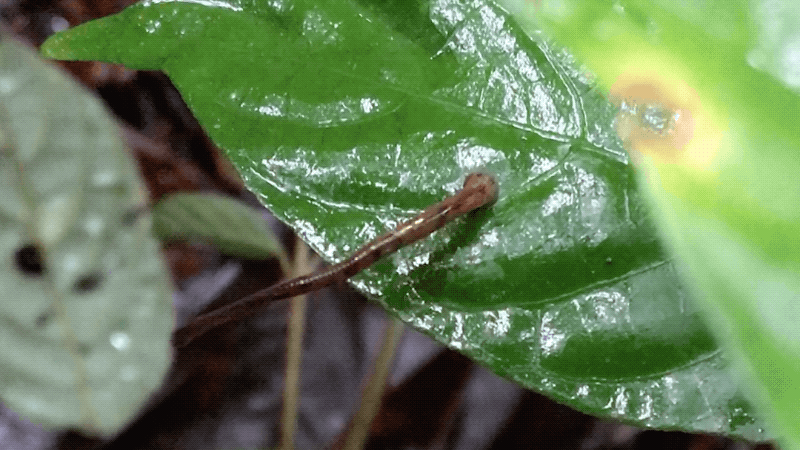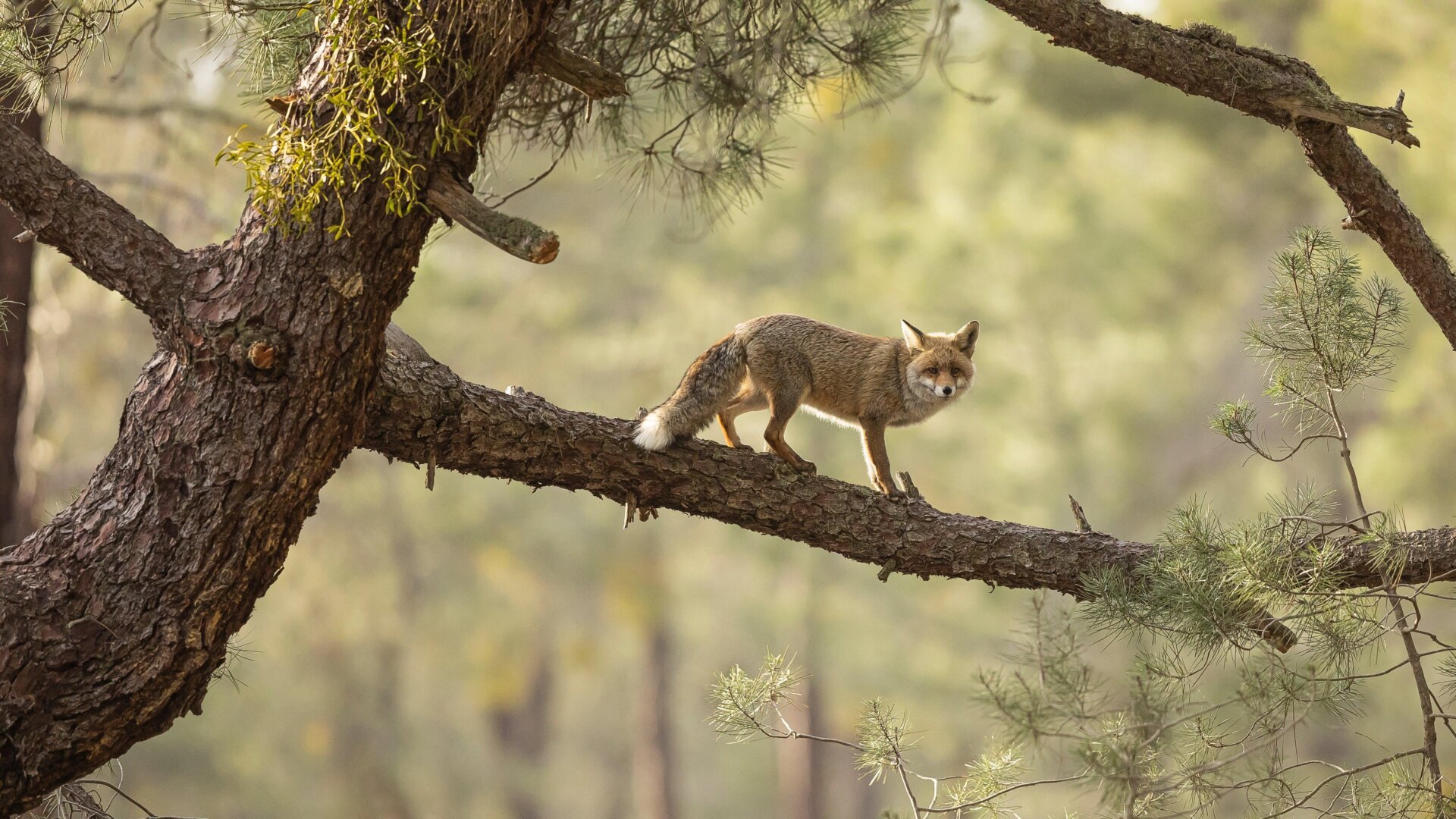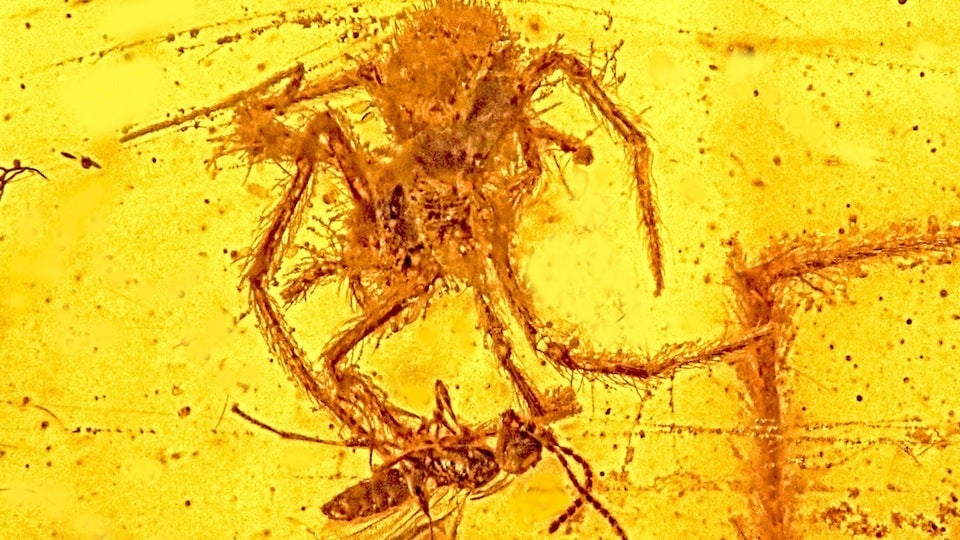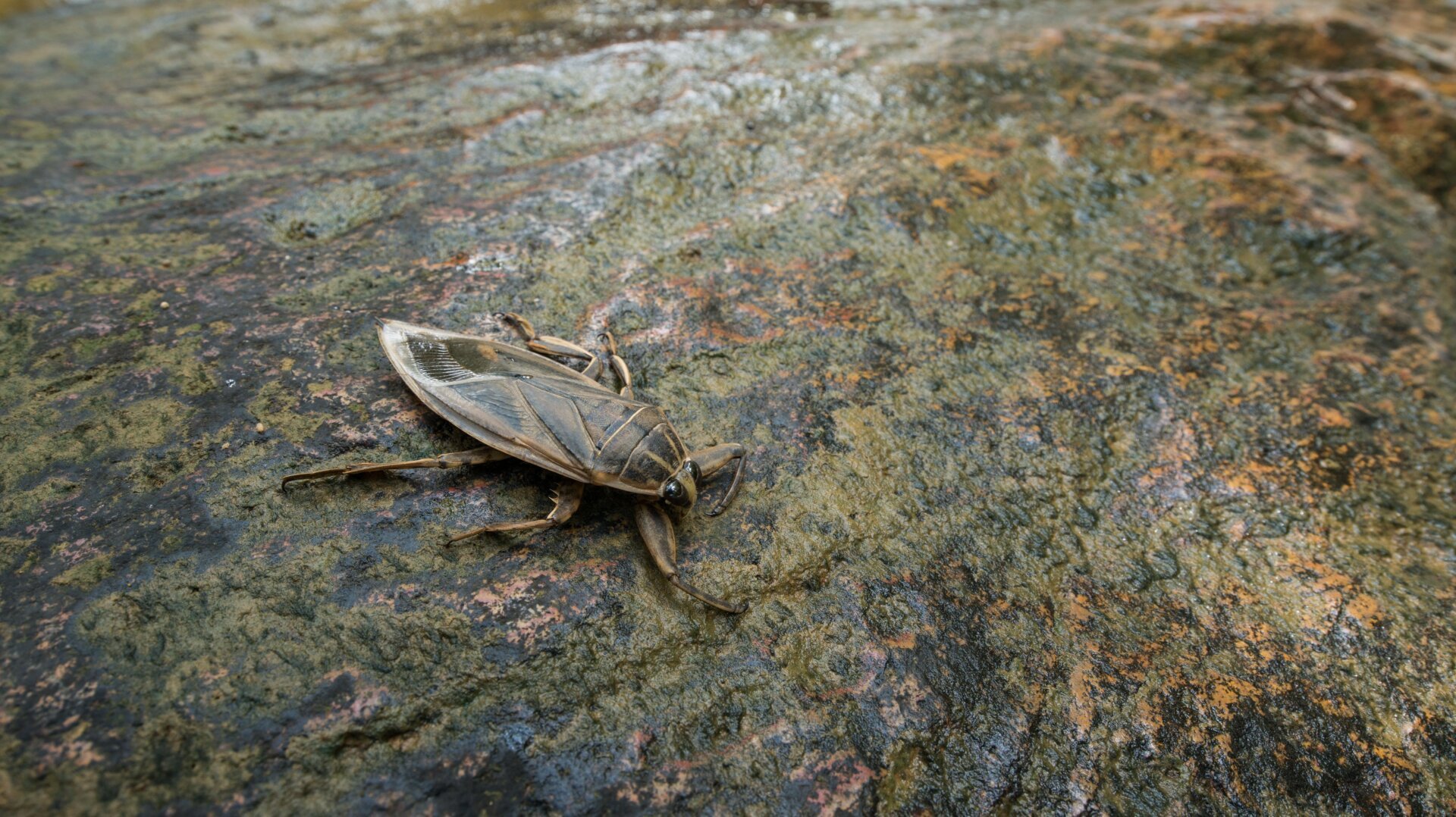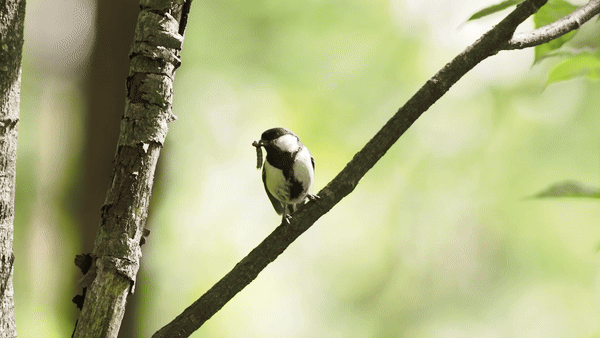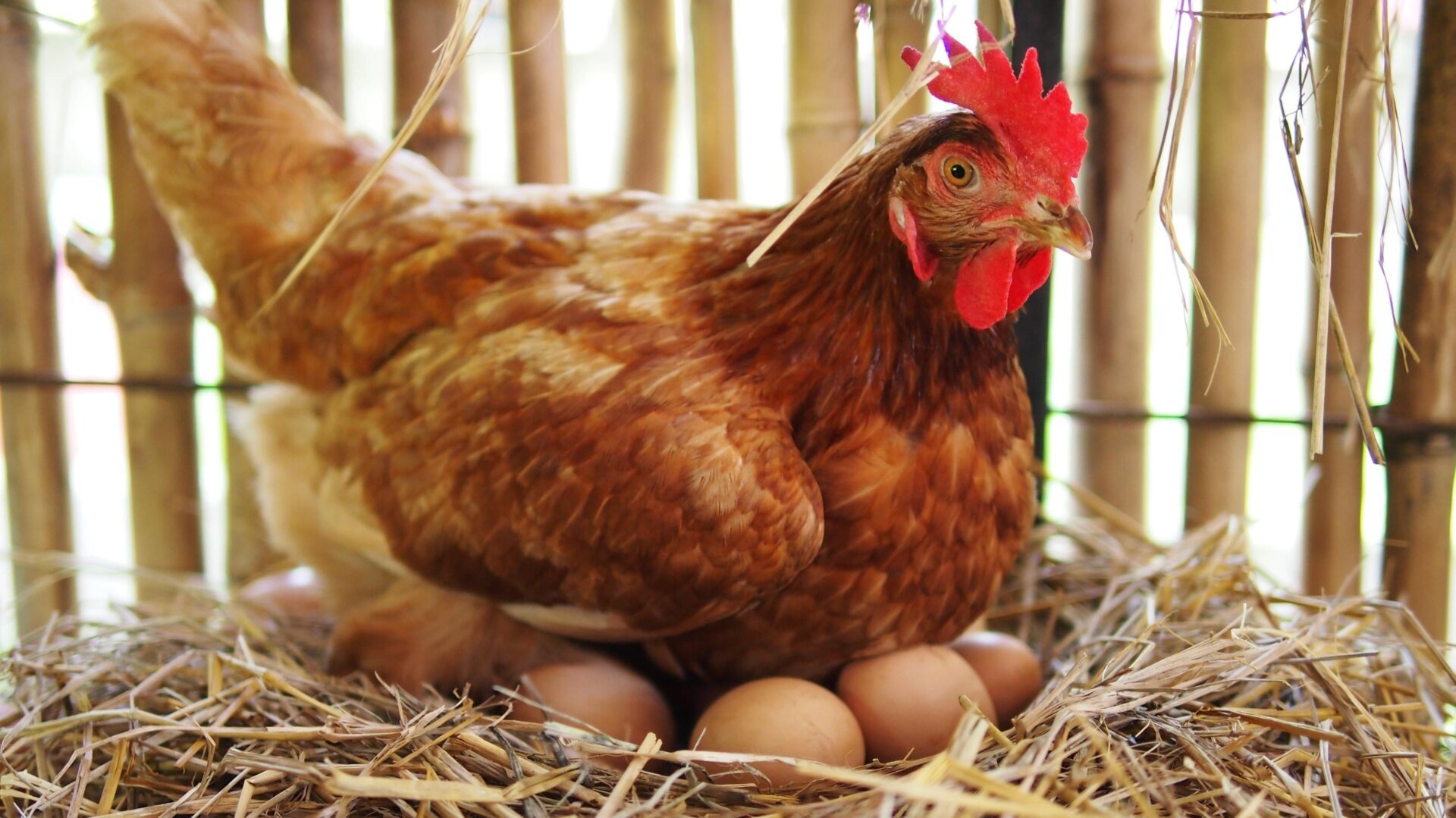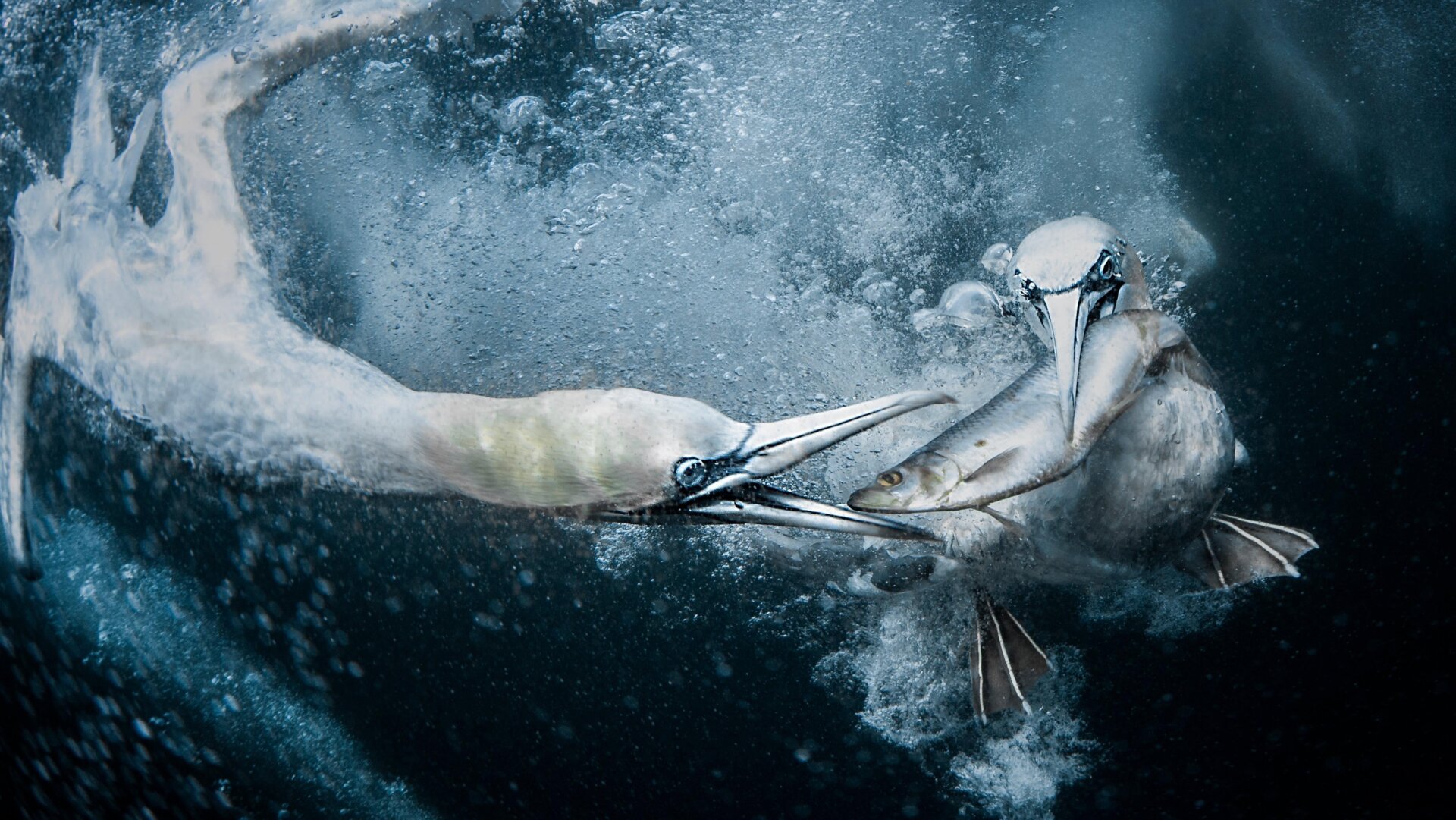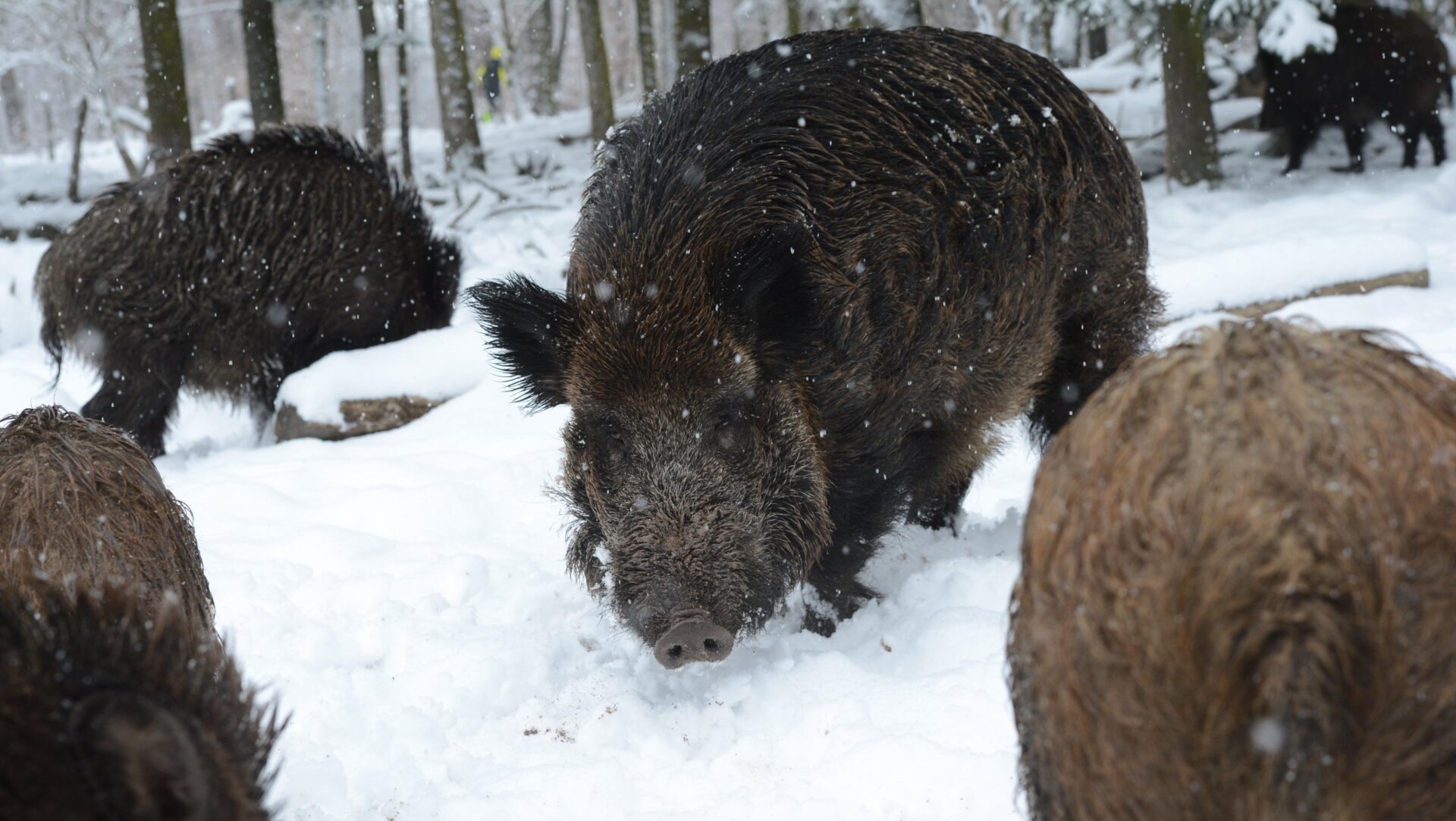Terrestrial leeches, notorious bloodsuckers of the rainforest, have officially been documented jumping. This remarkable behavior, long recounted in anecdotal reports, has now been captured on video, confirming the leaping abilities of these Madagascan parasites.
In 2017, Mai Fahmy, a researcher at the American Museum of Natural History, encountered a leech exhibiting “questing” behavior—extending its body in search of a host—in Madagascar’s Ranomafana National Park. Fahmy quickly filmed the leech inching forward and then propelling itself off a leaf, landing on the forest floor. This footage, along with another video from 2023 showcasing the leech’s acrobatics, was recently published in Biotropica.
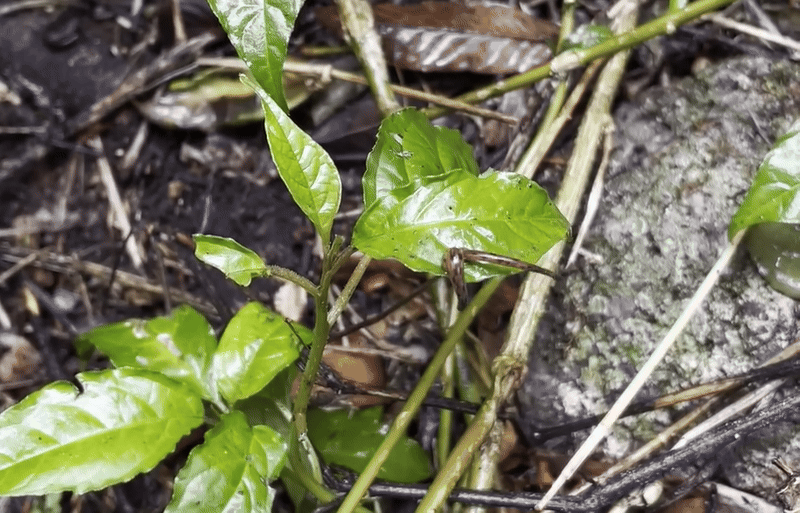 Two leeches on a leaf, one of which is mid-jump, captured in a 2023 video.
Two leeches on a leaf, one of which is mid-jump, captured in a 2023 video.
Leaping Leeches: A History of Anecdotes and Skepticism
The research validates centuries-old accounts of jumping leeches, including observations from the 14th-century explorer Ibn Battuta, who documented the behavior in Sri Lankan leeches. However, by the mid-20th century, the scientific community became increasingly skeptical of these claims. The debate centered around the definition of “jumping.” While early observers described leaping leeches, later leech biologists dismissed the idea.
Michael Tessler, an invertebrate zoologist at the American Museum of Natural History and Medger Evers College, explained that the historical skepticism stemmed from differing interpretations of a “jump.” While leeches were known to fall onto hosts, the key question was whether their movements were intentional leaps or simply accidental tumbles. The new video evidence clearly demonstrates the leeches actively coiling and springing forward, indicating a deliberate jumping action.
Leaping Towards a Host: Understanding Leech Behavior
While leeches sometimes fall onto their hosts, the recent research suggests that their jumps are purposeful, potentially aimed at reaching a target. The leeches are thought to detect motion or heat from potential hosts through questing behavior. The jump, then, could be a calculated leap towards a meal.
 Researcher Mai Fahmy with a leech on her face, demonstrating how leeches often land on hosts from above.
Researcher Mai Fahmy with a leech on her face, demonstrating how leeches often land on hosts from above.
Leeches: Tiny Environmental DNA Labs
Fahmy, who has personally experienced leech bites, including one landing in her eye, emphasizes the importance of these creatures. Leeches, she notes, often target the eyes. Analyzing the bloodmeals of captured leeches can provide valuable insights into the biodiversity of the rainforest. Essentially, each leech acts as a miniature, mobile environmental DNA laboratory.
Unraveling the Mysteries of Leech Biology
Fahmy’s research underscores the need for further study of these fascinating parasites. Despite their notoriety, much about their biology, natural history, and behaviors remains unknown. Future research promises to reveal more about the mysterious world of leaping leeches. Fahmy herself plans to continue her work in Madagascar, keeping a close “eye” on these intriguing creatures.



